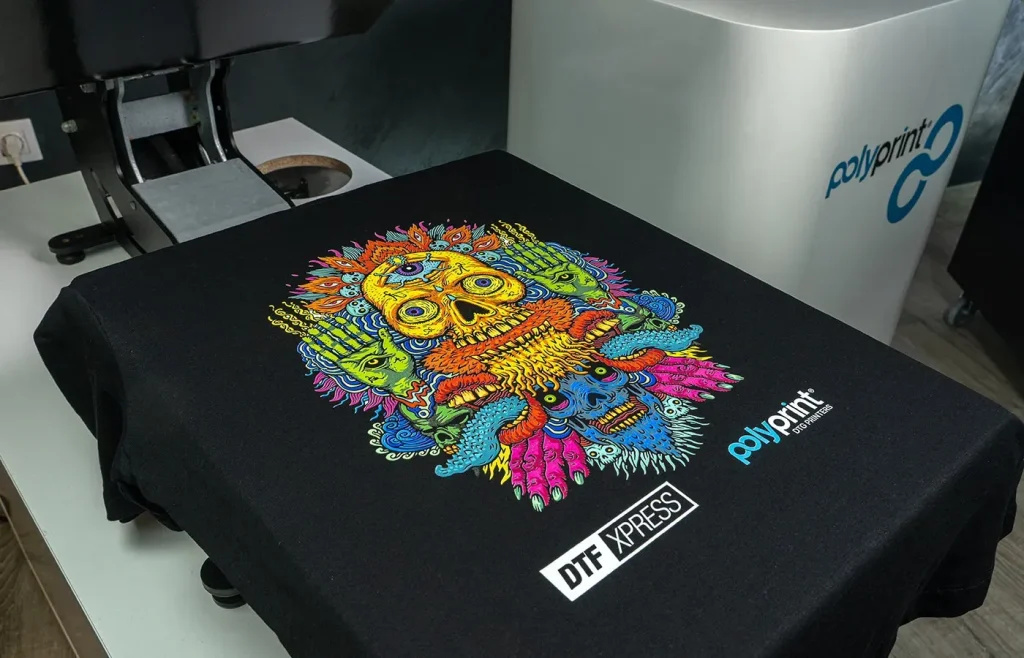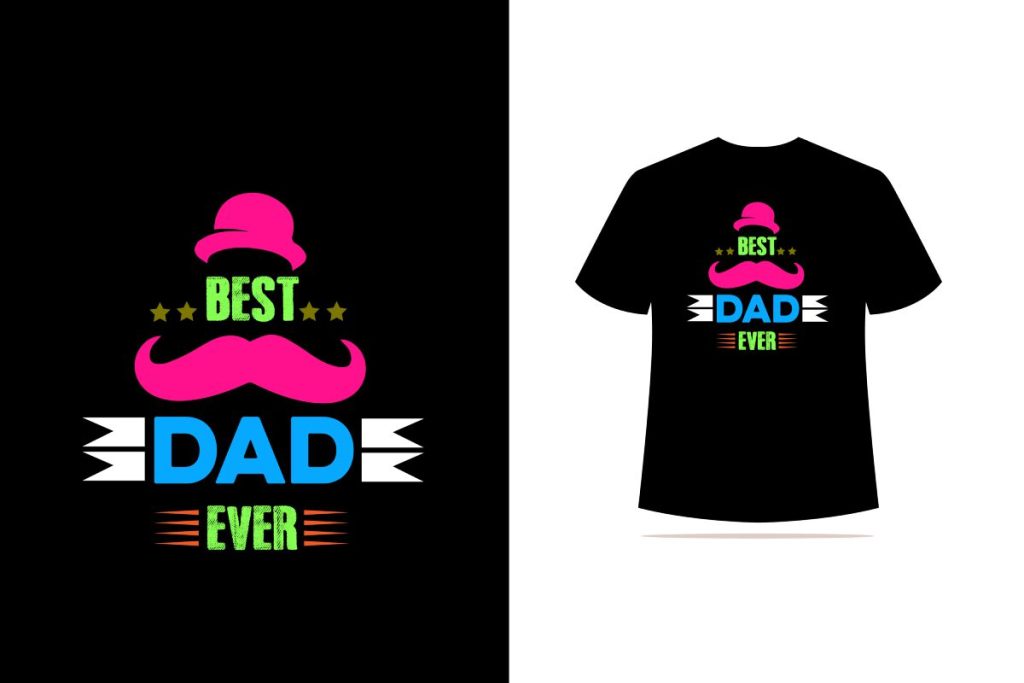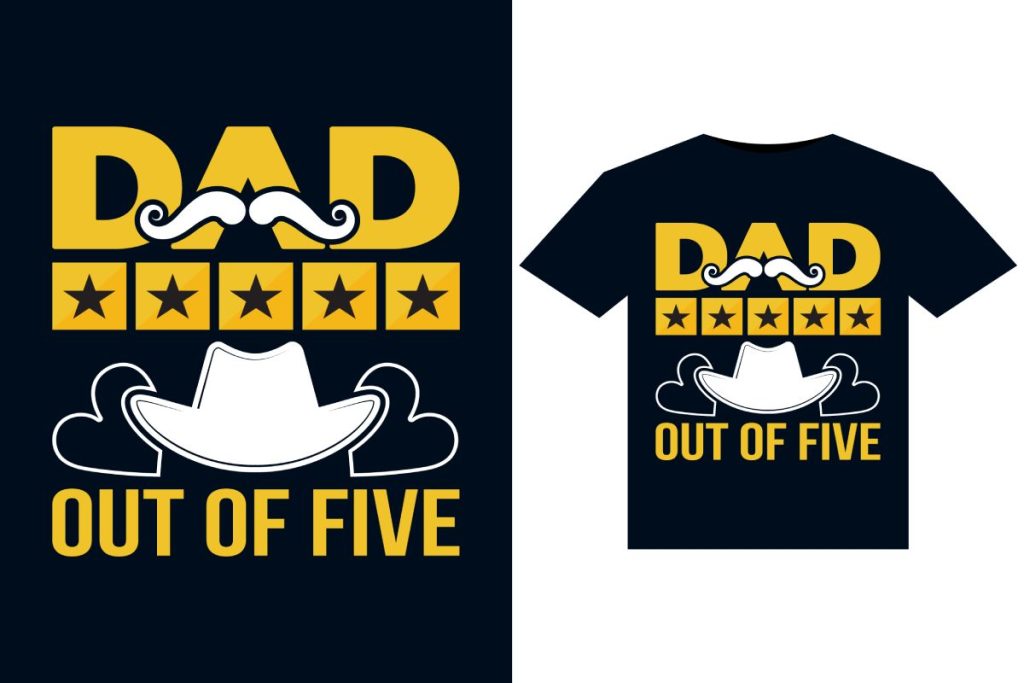In the rapidly evolving landscape of the print industry, DTF printing, or Direct to Film printing, has emerged as a transformative technology that is capturing the attention of print businesses everywhere. This innovative method allows for vibrant and high-quality designs to be printed directly onto film, promoting efficiency and reducing waste in textile printing processes. As the demand for sustainability in printing increases, DTF technology offers a solution that aligns with eco-conscious consumer preferences. With its capability to deliver exceptional prints on various fabric types, DTF printing is set to redefine industry standards and enhance business operations. In this article, we will dive into the benefits of DTF technology and how adopting this method can significantly boost your print business’s growth and profitability.
Direct to Film printing, often referred to as DTF technology, has garnered significant interest within the textile printing sector due to its versatility and high-quality output. This advanced printing process utilizes specialized film to create detailed graphics that can be transferred onto fabrics seamlessly. As an alternative to more traditional methods, DTF technology not only streamlines production times but also caters to a growing marketplace that values sustainability in printing. The rise of on-demand printing systems within this niche aligns perfectly with the current trend of customization and eco-friendliness. Understanding the dynamics of this printing technique can empower businesses to thrive in a competitive environment.
Embracing DTF Technology in Your Print Business
As businesses strive to adapt to a shifting commercial environment, adopting Direct to Film (DTF) printing technology is becoming a strategic necessity. DTF printing is engineered to deliver high-resolution prints on various fabric types, including cotton, polyester, and blends. By leveraging this technology, print businesses can not only cater to diverse customer needs but also take advantage of the growing demand for personalized merchandise. The versatility of DTF printing means that companies can produce unique designs that resonate with consumers seeking custom apparel.
Moreover, DTF technology minimizes operational waste, aligning with the increasing consumer preference for sustainable practices. By producing products on-demand, businesses can reduce excess inventory and the associated costs of unsold stock. Implementing DTF can pave the way for sustainable growth, allowing print businesses to maintain a competitive edge while contributing to eco-friendly practices in the textile industry.
Sustainability in DTF Printing
Sustainability is no longer a mere buzzword; it has become a critical factor influencing purchasing decisions in the print business sector. DTF printing shines in this regard, as it utilizes water-based inks and significantly limits chemical use compared to traditional printing methods. This eco-conscious approach not only promotes a healthier work environment but directly appeals to environmentally aware consumers looking for sustainable products.
Incorporating sustainability into the DTF printing process not only enhances brand image but also attracts a growing demographic of eco-conscious shoppers. Businesses that adopt sustainable practices can leverage these values in their marketing strategies, fostering customer loyalty and encouraging repeat business. By promoting their commitment to using DTF printing technology as part of a broader sustainability initiative, print companies can position themselves as leaders in responsible manufacturing.
The Competitive Edge of DTF Technology
For print businesses aiming to differentiate themselves in a crowded market, DTF technology provides a compelling competitive edge. The ability to produce vibrant, high-quality prints quickly allows companies to meet tight deadlines without sacrificing quality. This efficiency translates into shorter turnaround times, which is critical in industries where expedited services are expected, such as fashion and promotional products.
Moreover, the integration of DTF printing enables customization at scale. Clients appreciate the option to order small runs of unique designs, which further enhances customer satisfaction. In a landscape where consumer preferences can change overnight, print businesses that utilize DTF adapt more fluidly and can capture emerging trends swiftly, setting them apart from competitors still reliant on traditional methods.
DTF Printing vs. Traditional Methods
When comparing DTF printing to traditional textile printing techniques, several key advantages come to light. DTF printing eliminates many of the limitations seen with screen printing and heat transfer methods, including the difficulty of transferring detailed designs onto dark textiles. DTF allows for intricate designs to pop with stunning clarity, regardless of fabric color, offering unparalleled creative freedom to designers and decorators.
Furthermore, DTF technology requires fewer setup procedures and calibration adjustments than traditional methods, resulting in reduced labor costs. This efficient workflow makes DTF more appealing for print businesses experimenting with diverse product offerings and limited runs. Thus, as traditional printing techniques struggle to keep pace with evolving consumer demands, DTF stands out as an innovative solution that empowers print businesses to thrive.
Key Features of DTF Printing Technology
The functionality of DTF printing technology is backed by a host of key features that make it attractive to modern print businesses. One of the standout characteristics is the vibrant color reproduction and durability of prints, which retain their quality even after multiple washes. This critical feature ensures that customers receive long-lasting products, which enhances brand reputation and customer loyalty.
Additionally, DTF printing enables businesses to diversify their offerings. Companies can seamlessly transition between different design requirements, producing everything from custom apparel to promotional materials without the need for extensive equipment changes. This flexibility opens up new avenues for revenue generation and allows businesses to adapt their services according to market demand.
Educational Resources in DTF Printing
As the print industry continues to evolve, so does the availability of educational resources designed to help new and seasoned operators alike master DTF printing technology. Online platforms and webinars provide valuable insights into the mechanics of DTF, covering everything from setup and color management to maintenance and troubleshooting tips. These educational tools are essential for businesses wishing to stay at the forefront of printing innovations.
This knowledge-sharing fosters not only individual growth but also strengthens the overall print business community. By encouraging collaboration and knowledge exchange, industry veterans can mentor newcomers, ensuring that the latest advancements in DTF technology are understood and utilized effectively. Thus, a well-informed workforce is crucial for unlocking the full potential of DTF and maintaining competitive advantage.
Frequently Asked Questions
What is DTF printing and how does it work?
DTF printing, or Direct to Film printing, is a process where a design is first printed onto a specialized film and then transferred to fabric using heat and pressure. This method allows for vibrant and durable prints on various fabric types, making it highly suitable for textile printing.
What are the advantages of using DTF technology in the print business?
DTF technology offers several advantages for the print business including the ability to produce high-quality and colorful prints on both light and dark fabrics, efficiency in production times, and reduced waste due to its on-demand printing capabilities.
How does DTF printing compare to traditional textile printing methods?
DTF printing differs from traditional methods by enabling direct transfer of intricate designs onto fabrics without the need for specialized substrates, helping to reduce fabric and ink wastage while delivering superior print quality.
Is DTF printing a sustainable option for textile printing?
Yes, DTF printing is considered more sustainable as it minimizes waste through an on-demand production approach, reduces overproduction, and uses less ink compared to some conventional printing methods.
What industries are adopting DTF printing technology?
Various industries including fashion, sportswear, and custom merchandise are increasingly adopting DTF printing technology due to its flexibility, quality output, and the growing demand for personalized textile printing solutions.
What resources are available for learning DTF printing?
There is a wealth of educational resources for learning about DTF printing, including video tutorials, online courses, and community forums that provide insights into the DTF process, design techniques, and best practices.
| Key Points | Details |
|---|---|
| Introduction | DTF printing is an innovative technique that enhances production capabilities and meets eco-conscious market demands. |
| Understanding DTF Printing | DTF printing prints designs on a special film for transfer onto fabric with vibrant, durable results. |
| Technological Advancements | Innovations have made DTF printing faster and more reliable with reduced operational costs. |
| Market Growth | Projected growth in digital textile printing due to demand for sustainable and customizable options. |
| Industry Support | Prominent companies support DTF technology, showcasing its strategic importance at industry exhibitions. |
| Comparison with Other Techniques | DTF printing is favored for its versatility in dark fabrics, outperforming sublimation in many aspects. |
| Educational Resources | Increased access to educational materials for newcomers enhances learning about DTF technology. |
Summary
DTF printing is making waves as a revolutionary technology in the print industry, offering a unique blend of efficiency, versatility, and durability. This innovative process, which transfers high-quality designs onto a wide array of fabrics, is proving essential for print businesses aiming to meet contemporary consumer demands. As the market for sustainable printing continues to grow, adopting DTF technology is likely to offer businesses a competitive edge. From technological advancements to strong industry support, the benefits of DTF printing are clear, encouraging companies to embrace this trend for enhanced productivity and quality in their offerings. The future of printing undoubtedly holds great promise with DTF at the forefront.



